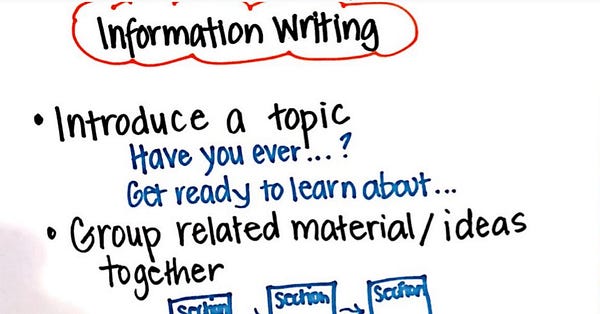How might we equitably assess things that matter?
Assessment matters.
Recently, School of Thought guest author, Dr. Liza Herzog talked about measurement that is reflective, bi-directional and co-constructed, sitting beside one another for the purpose of more learning. She offered real ways to revise our systems.
But if our systems aren’t equitable, even sitting beside one another will not yield the results we want.
There are those that live by the motto we have to measure what we value, not value what we measure. We argue that this is NOT a question of whether we are all measuring the right things- the right things are specific to our own contexts, values, and objectives.
To build on Liza’s MisMeasure of Learning doctrine, we ask:
To rephrase: Equitable assessment is what matters.
We share a definition of equity.
First, what it is not.
Equity is not diversity, inclusion, or equality. It is something deeper and more complex. It is about each of us getting what we need to survive or succeed—access to opportunity, networks, resources, and supports—based on where we are and where we want to go.
In 2020, the stark reality of an entire nation of e-learners has placed our traditional assessment system’s lack of equity — in a clear, unforgiving light. We are staring at a golden opportunity to inject renewed priorities into the educational world. There are several ways in which we can capitalize on the unprecedented nature of the moment in order to bring our assessment practice into more harmonious alignment with our beliefs about teaching and learning.
We’ve been reflecting on the following questions:
- What is the purpose of assessment in school? Is this purpose equitable? Is it compassionate? Does it motivate learning?
- Why is assessment an issue of equity?
- How can we make our practices more equitable?
- Do our feedback systems provide space for us to orient next to one another?
- Do systems challenge learners to be more curious, creative and kind?
- Does our present assessment system serve our purpose?
Our evaluations can serve as windows to further engaged, equitable and authentic learning for all, not de-motivating, de-energizing, curiosity-killing markings that indicate privilege, resources or mark the completion of learning.
Why is assessment an issue of equity?
Much of the traditional grading practices teachers use inadvertently punish students with fewer resources. Grades are part of a power structure that are frequently not rooted in the goal of learning. Assessments incorporate rule following, behavior management, motivation, home resources, along with (hopefully) indications of learning and mastery.

Photo courtesy of Chris Otto from his blog, Papergreat
Inspired by models, practices and frameworks put forth by Human Restoration Project, Cornelius Minor, Will Richardson, Gholdy Mohammad and Kevin Gannon, recent dialogue among colleagues has revealed some opportunities.
How might we adapt our practices to match our vision for equitable systems?
1.Reduce (or do away with) Averaging
A student might begin a class with no experience writing a persuasive essay. The first time this student tries, the essay needs considerable work. The next time, he improves, and by the end of the semester – he’s nailed it. But that student will always have a lower evaluation than the student who came into class knowing how to write a solid persuasive essay, perhaps because of a summer camp opportunity, or extra curriculum writing workshop, and never progressed much further during the year. The second student will get a better average, even though that student didn’t show growth in writing.
“It is not that the average is never useful. Averages have their place. …But the moment you need to teach this child or decide whether to hire that employee—the moment you need to make a decision about any individual—the average is useless. Worse than useless, in fact, because it creates the illusion of knowledge, when in fact the average disguises what is most important about an individual.” Todd Rose.
Jumping off points: Check out these ideas on alternatives to averaging. While each teacher may choose their own pathways, being intentional about what “counts”…counts.
2. Open definitions of student participation and engagement
Participation and engagement is more than speaking up in a group or via a Zoom chat. Questions that may be asked by the assessor might be: “Are they taking notes? Are they speaking up frequently? Are they contributing thought provoking comments in this public setting?”

But answers to these questions can be subjective, frequently gendered markers of engagement. They are filtered through bias towards learning a certain way, and extroverted definitions of “participation” that are influenced by power, setting and personality.
What about work happening inside, or through other modalities? If engagement implies some co-ownership, how might we look at it differently?

Jumping off points: Teachers at Revolution School in Philadelphia include demonstrations of self-advocacy, mistake making and trying again, of curiosity in “Participation” or “Student Engagement” reflections. Their system enables students to self evaluate, teachers to evaluate using the same criteria, and to sit beside teachers to reflect on the learning around engagement that happens. There is room in the assessment to identify interactions after “class” where elements of curiosity, creativity, or self-advocacy are present- which is the objective. These types of systems open room for the multiplicity of ways participation and engagement manifest in the world of learning. For more Inspo, here are some more formalized ideas.
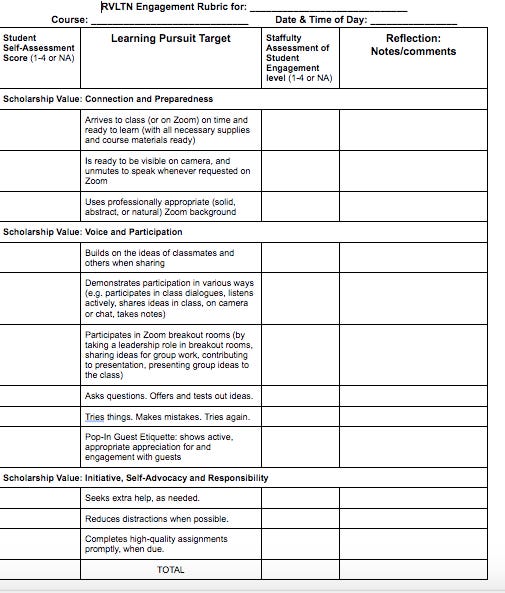
3. Focus more on process/progress rather than product
With his experience as a leader and an athlete, Head of Revolution School, Henry Fairfax, emphasizes the act of practice over performance. It is in practice when we learn, and as we move through that process, the product will come.
Process is about dealing with obstacles and planning solutions. Emphasizing process means diving into questions about growth, integration of new learning, collaboration. Process contributes to durable learning stories.

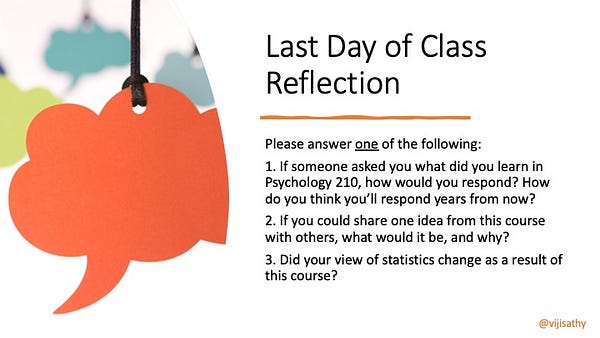
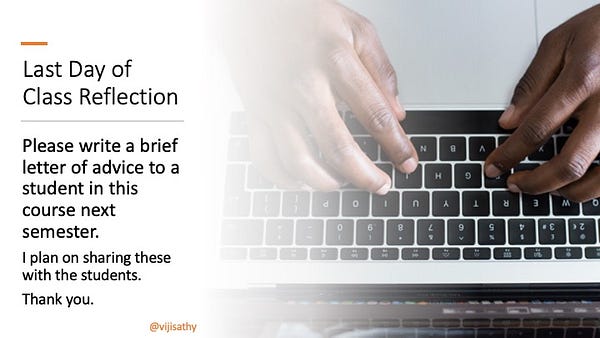
It might not be that we’re doing away with grades entirely, but when we invest less energy and emotion in the number or letter at the top of the page, we can begin to ask questions such as, What did you do to get this grade? What did you like? What was challenging? What are you going to do with the information you learned? What are you going to do differently next time?
Jumping off points: How might we support the creation of school cultures that emphasize process and not product? How do you assess your own learning?
To make the focus on process actionable, and when possible, authentic (see example above), Nigel Coutts, of the Learner’s Way, suggests using the ‘Making Thinking Visible’ (MTV) strategies. These strategies offer two advantages to teachers and learners. They not provide structure to thinking about what has been learned, but they encourage a deeper engagement with concepts and ideas. MTV routines combined with reflective journals or process diaries can play an important role in documenting student learning.
Another way to make learning visible is through the use of mind-maps, hexagonal planning with post-it notes and story boarding – all of which capture the process towards a solution. Combined with digital portfolios of images and videos, teachers and students can capture a rich story of the learning that has occurred and guide future learning.
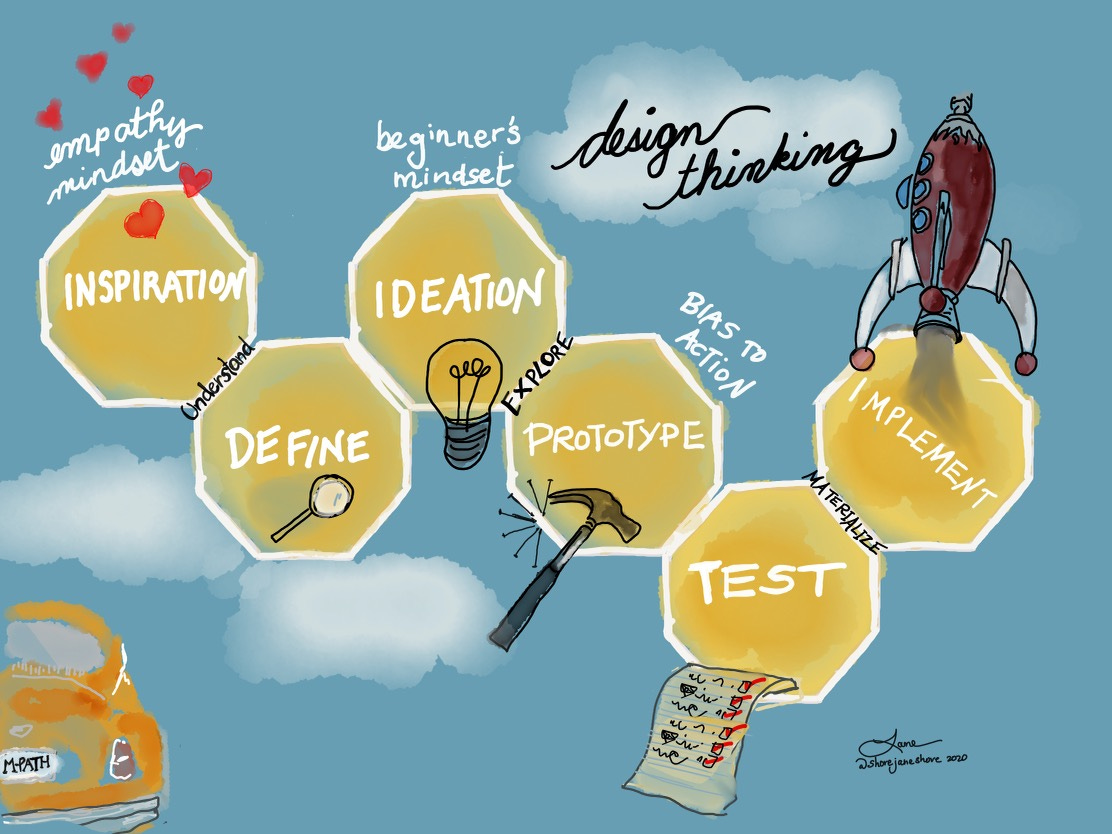
By valuing the process and not the product we can celebrate our students’ successes and point them towards their next achievement without all of the focus on the final product.

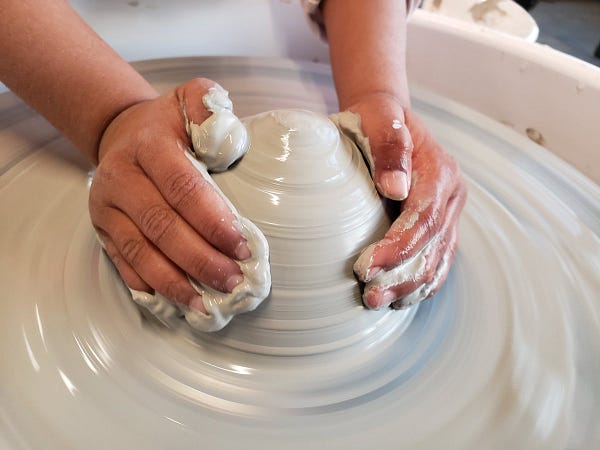
Need more on why here? Check out research by Beth Garcia and Betty Conway (2019) who found a focus on process made the learning more meaningful and durable. Or check out Ruth Butler (1988, as cited in Wiliam 2011) regarding feedback. Her study looked at grades alone, comments alone, and scores with comments. Students who received comments alone demonstrated the most improvement toward more learning. Or check out John Hattie (2012) whose synthesis of 800 meta-studies showed that student self-assessment/self-grading both in process and when pursuits were reached, topped the list of most effective educational interventions.
4. Allow, encourage (even require?) retakes or resubmissions
Think about how medical students train. How do these skilled professionals hone their craft? They start on cadavers–providing a setting that allows a lot of latitude for mistakes. Pilots spend time in flight simulators. Teachers engage in student teaching. Driver’s tests can be taken over and over with no penalty.

Take a second to reflect on your most powerful learning experience. What was it?
A prediction: it had to do with challenge, likely failure, and an actionable outcome.
A mistake means the start of learning. Some assessment experts argue, in fact, that students learn nothing from a successful performance. Rather, students learn best when their initial performance is less than successful.
Regardless, not all learners come to learning settings with the same knowledge or learn at the same pace. Arbitrary timelines for learning place an unnecessary burden on learners who need to build background knowledge, or for whom some learning might take more time. Without the ability to continue to show what you know, learning stops.
Jumping off points: There’s no clearer message that your teacher cares about you than when they allow room for failure, even value, emphasize, or in some way memorialize the process. Some even suggest requiring resubmissions and retakes if students are not demonstrating knowledge of key concepts.
Some collected thoughts from teachers:
“My fear was that they wouldn’t try their hardest the first time if they knew that they were going to be able to redo it for a higher grade. But I didn’t run into that problem at all. Instead, the kids did well their first time. I think it was because they knew, by me giving them a second chance, that I had faith in them, that they would learn the material and would do well. And the first time around I think they tried harder.” Elisa Blackwell, High School Educator in Durham, NC
“The most significant change I have made so far is promoting retakes. I want the students to understand the material to encourage them to go back and look at what they got wrong, as opposed to the old way, where they would just get it back and we’d move on. In revisiting, students have told me: I studied with my mother, I studied with my sister, I used flashcards, I saw a song on YouTube. Students see they are smart and they are capable; they also need to study, and even if they need more time, they are able to reach their goals just as well as the other students. The opportunity here is to motivate them, to help them understand how to be successful.’“ Maritza Calderon, World Languages Educator in Arlington, VA
5. Support assessment through multiple modalities

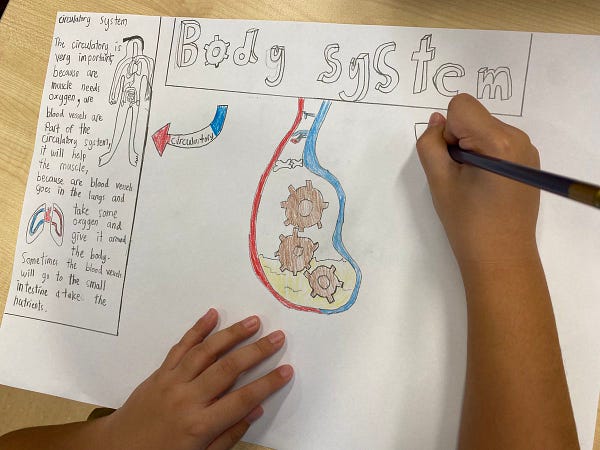
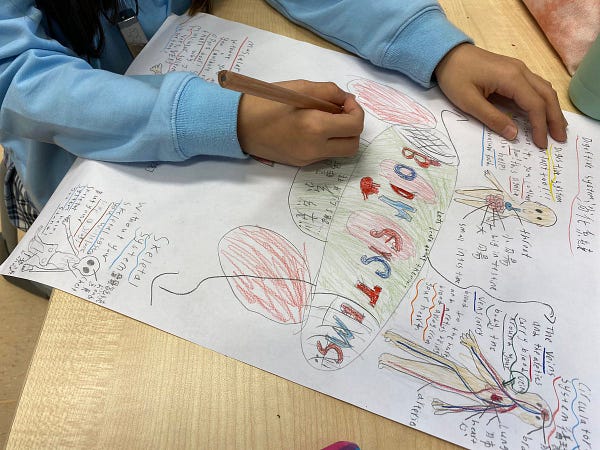
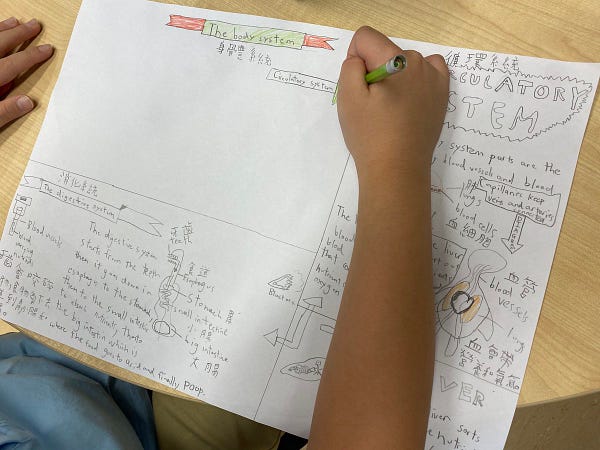
Teaching, learning, and assessment, especially in the higher grades, have a textual bias. Much of what students do to experience, process and share their learning is in written form. While the world values other formats – visuals, graphics, videos, audio – these are infrequently modes for demonstrating knowledge, wisdom, for sharing curiosity or creativity.

Jumping off points: In her Cult of Pedagogy blog, Jennifer Gonzalez provides some inspiration and examples of encouraging multi modal expressions of understanding and learning. And examples from TeachThought inspired this visual.
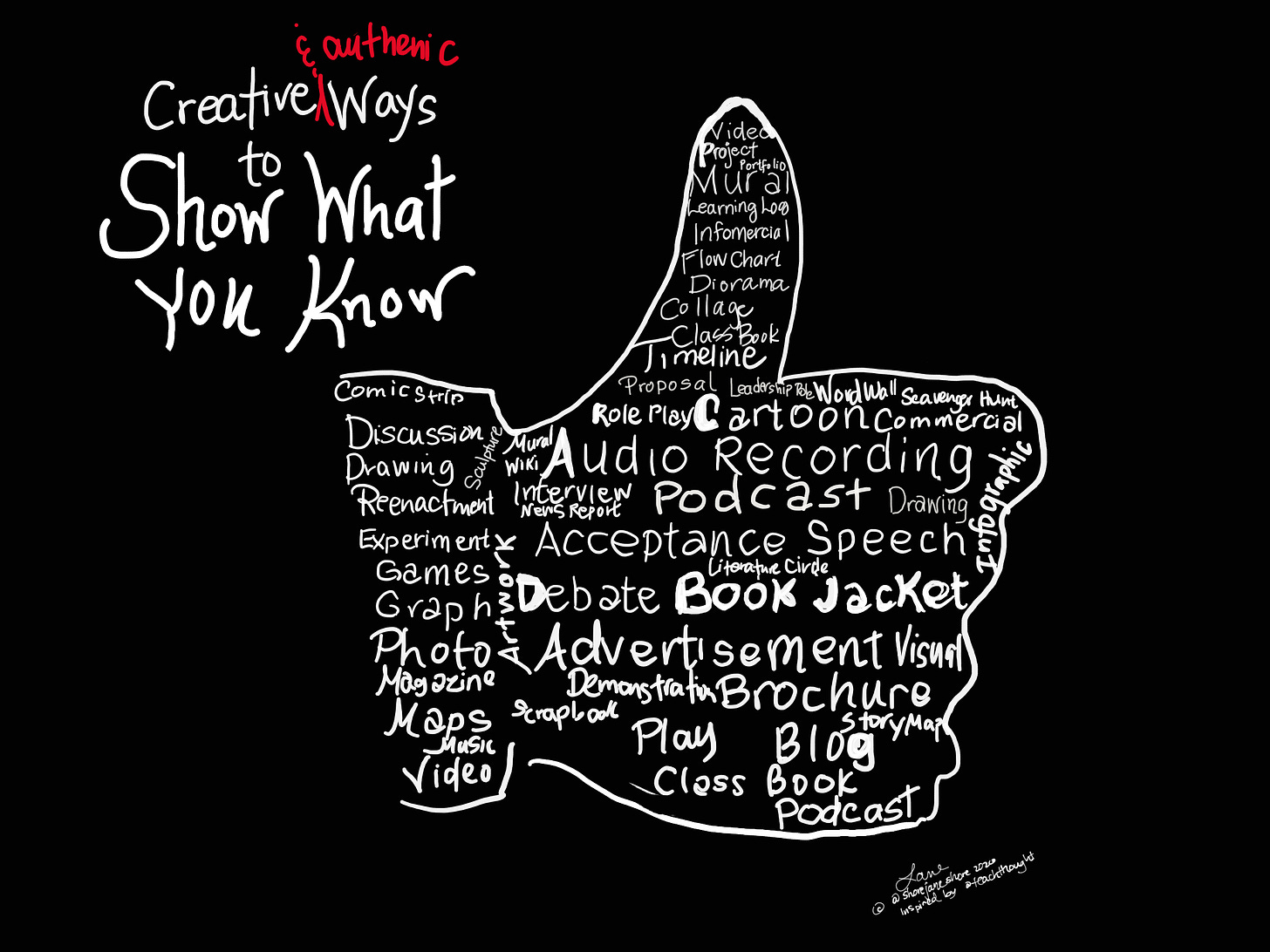
Ultimately, where we want assessment to sit is the sweet spot among what a learner knows, what they need to know, and if we want it to be meaningful, how to get there. We want it to be less about mastery of content and more about continual growth and support towards learning pursuits.
Learning is an iterative, evolving process that should inspire more learning.
Any system of evaluation needs to be based on the shared humanity of teachers and learners. We need humans sitting beside other humans helping each other learn, live and grow.
We are convinced that assessment is better when we co-create systems, with intentional work on equity, and if not go entirely gradeless…definitely grade less.
“To teach, and to care about doing it well enough and in a way that’s just, equitable, and humane for our students and our communities, is a radical stance.”
What do you to allow, encourage and/or require that moves the purpose of assessment forward?
For more, see the research of Ruth Butler, Dylan Wiliam, John Hattie, Daniel Pink, Carol Dweck, Linda McNeil, Linda Mabry, Maja Wilson and countless others.
Interested in joining this conversation on Equity in Evaluation? Join this Facebook Group of more than 6K educators to engage.

